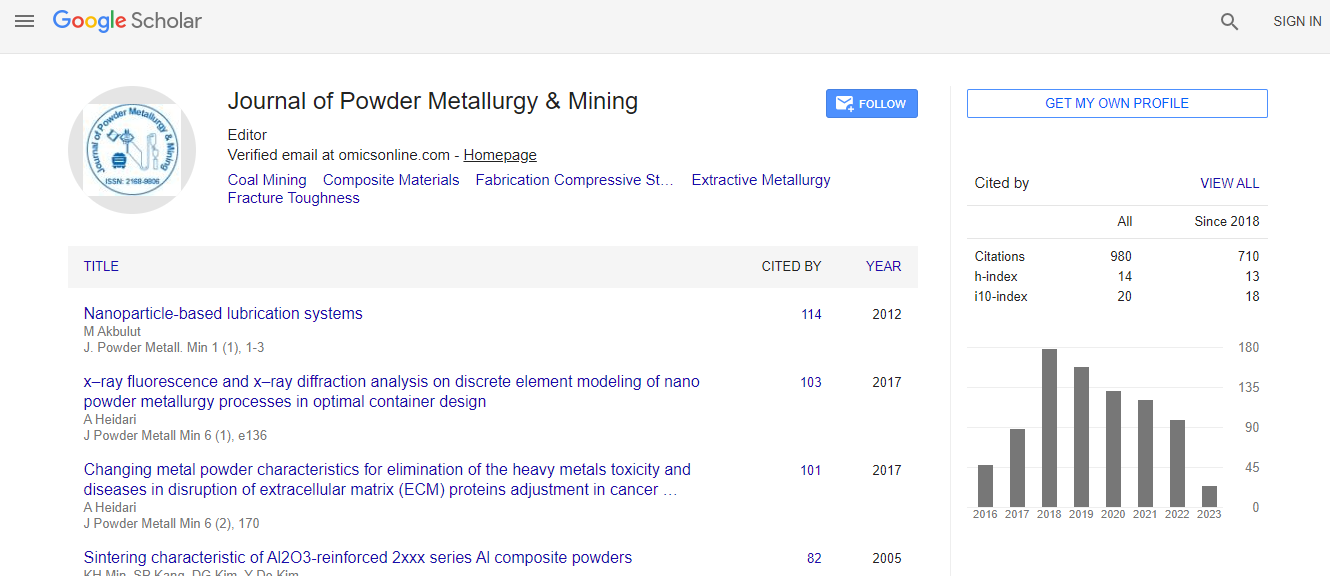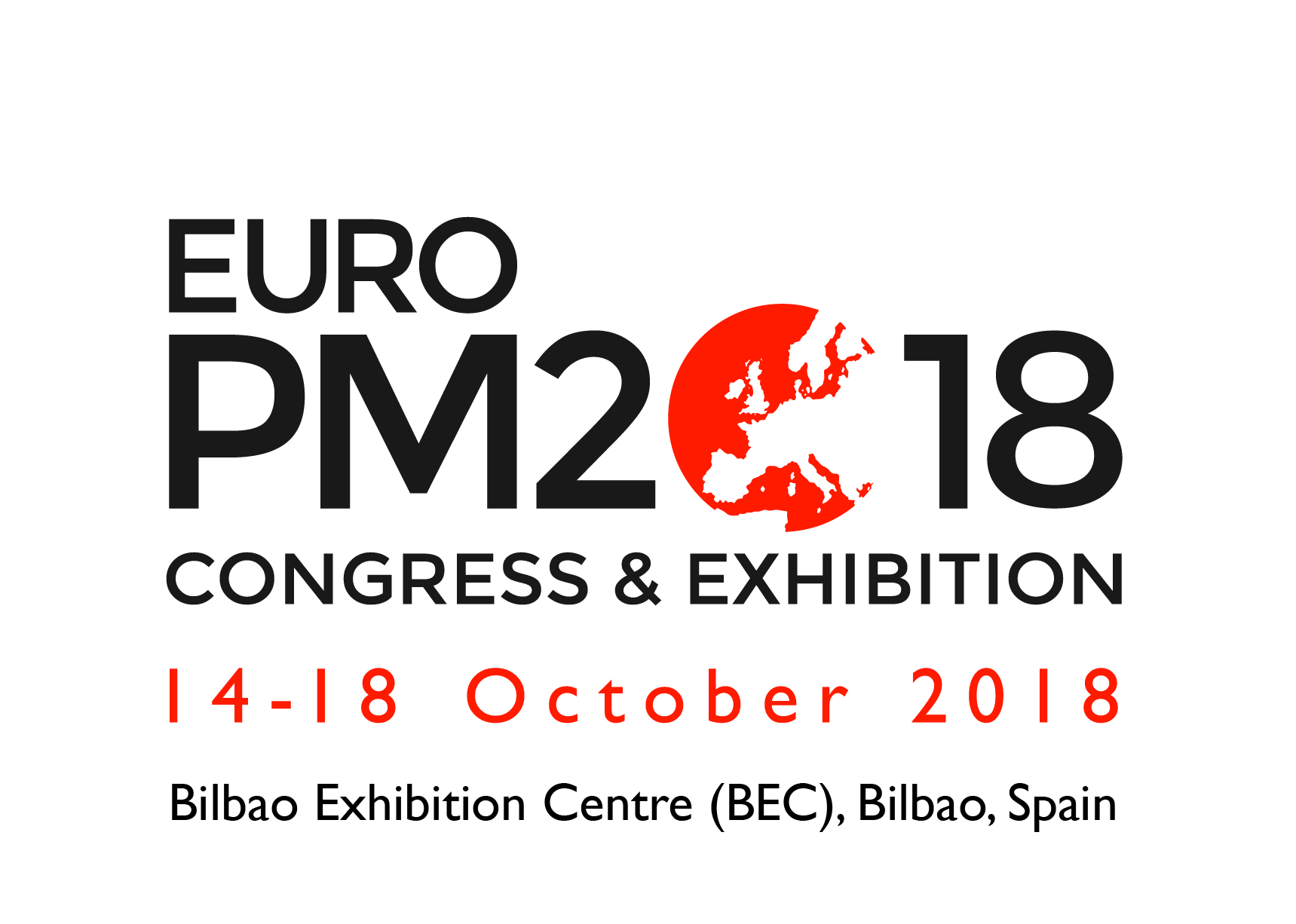Industrial Engineering 2016: Effective implementation of spinning automation: Optimum revolution and feed rate values for spin formed of different kinds of metals-Ahmet Feyzioglu-Marmara University
*Corresponding Author:
Copyright: © 2020 . This is an open-access article distributed under the terms of the Creative Commons Attribution License, which permits unrestricted use, distribution, and reproduction in any medium, provided the original author and source are credited.
Abstract
Abstract:
The Manufacturing process is acknowledged with effective execution of automation. In this study, ideal optimum revolution and feed rate esteems for various types of metals undergoes spinning fabricating process are given. Turning which is a chipless framing process used to deliver asymmetric parts, is one of the difficult assembling procedure to implement automation. In the process that the procedure is managed with no caution, a few imperfections, for example, wrinkling, tearing or splitting, could be presenting in the spinning part. These are brought about by applying unsatisfactory feeds and rpms to material and diametrics. In order to reduce defects the material needs to be spun using appropriate feed rates and revolution per minutes. These qualities vary for each alloy of different diameter. There have been strategies used to predict the behaviour of the material spinning.One example is in shear spinning surface roughness where required force can be determined by regression analysis. In this paper, scalar values for some of the parameters will be provided so that they can be applied directly to the forming process. The optimal values for some metals along with the related diameter are given for implement automation to spinning process.
Manual metal spinning is extensively used for prototypes or for production runs of less than ~1000 pieces, because of the low tooling costs. Large amounts can usually be produced at lower cost by power spinning or press forming. For large-quantity production, power spinning can generally be conducted at lower cost than manual metal spinning. For example, a stainless steel cover for a food-processing machine (with a shape similar to that shown in the middle of Fig. 3) can be produced economically at the rate of 100 per year using manual metal spinning. Conical parts (such as the shapes in Fig. 4) are ideally suited for metal spinning because only one tool is required; drawing in dies would require four or five operations. Many such cones can be spun in one operation at a moderate production rate, depending on their included angle. For large-quantity production, power spinning is generally less expensive than manual metal spinning. In cone spinning, the deformation of the metal from the flat blank is performed in accordance with the sine law, as is described in more detail in the section “Mechanics of Cone Spinning” in this article.
Standard metal spinning is a technology based on the gradual shaping of circular sheet over a mandrel through the action of a roller that produces localised pressure and moves axially by the outer surface of the sheet to produce a symmetrical product. This Automation incorporates conventional spinning, shear spinning and tube spinning and also the group of novel spinning processes, such as non-axis symmetrical spinning, non-circular cross-section spinning and tooth-shaped spinning. The development of numerically controlled lathes, spinning is becoming a cost effective option for both, medium and high volume production of parts with a very high strength to weight ratio combined with low cost. Furthermore, it is possible to spin components with tight geometrical tolerances and to achieve high quality surface integrity. The process has a wide variety of applications including parts for the automotive and aerospace industries, parts such as centrifuges, funnels, tanks, medical and gastronomy equipment as well as musical instruments and pieces of art. The barrier thickness variation is a major defect of the parts made from sheet metals, which influences the intensity of part defects and may cause part failure. The barrier thickness of the formed part in conventional spinning, in general, is considered to be nearly constant. A non-uniform distribution of wall thickness is observed, and the spinning process must be optimized in order to produce components with minimal variation of wall thickness. Based on experimental studies, that has been carried out up to date, the spun part thickness distribution.
Although knowledge about mechanics of spinning, which helps us to understand the final properties of spun parts, have been developed by the systematic investigation of the process using both experimental and theoretically techniques, the possible causes of thinning in part wall thickness during conventional spinning are still not fully understood and a knowledge gap between academic research outcomes and industry requirements exists.
The application confirms that the 3D optical scanning technology can be useful for the evaluation of sheet metal parts thickness variation. Amongst all the process parameters studied, the tool path profile is statistically the most significant factor and should be accurately controlled. The concave tool path profile leads to a significant wall thickness reduction in Region A, but this roller trajectory gives minimal wall thickening on the open end of the part – Region B, which is accompanied by the higher height of the part. Much higher tensile radial strains are produced if concave roller path is applied and it is believed to be the main reason of intensive wall thinning. It is clear that a high feed ratio helps to minimise wall thickness variations. It gives minimal thinning in Region A and minimal thickening in Region B. Diminished feed ratio means that the tool acts on the workpiece over more revolutions. It is leading to higher shearing effects, intensive flow of material to the open end of the part and appreciable thinning of the wall. This decision related to tool path profile and feed ratio influence on wall thickness variation agrees with the results of other authors, who studied this problem experimentally and by utilizing FE analysis for other types of spun part materials (mild steel, aluminium). The affect of mandrel speed on wall thickness variation in both regions of the part wall is only minimal. These decisions can be expressed thus: mandrel speed has negligible influence on axial and radial force components therefore radial and thickness strain is minimal.For the minimal variation of spun part wall thickness it is recommended to apply the convex tool path in combination with higher values of the feed ratio.
Note: This work is partly presented at 3rd International Conference and Exhibition on Industrial Engineering , November 14-15, 2016 Dubai

 Spanish
Spanish  Chinese
Chinese  Russian
Russian  German
German  French
French  Japanese
Japanese  Portuguese
Portuguese  Hindi
Hindi 

